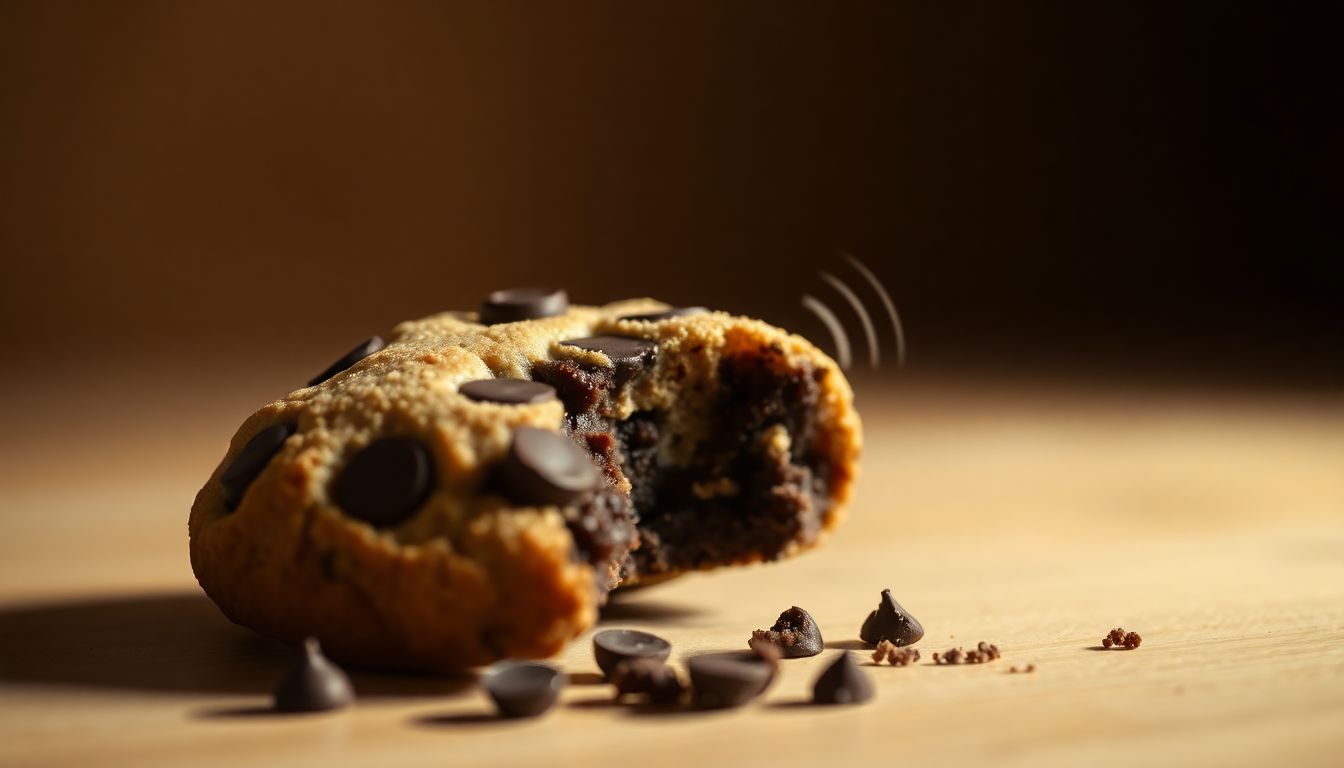Have you ever had trouble hearing in a crowded room? Do you sometimes lose high-pitch sounds? You have cookie bite hearing loss. It’s a distinctive pattern in which you have difficulty hearing mid-range frequencies. Let’s take a look at this condition, and how to treat it.
Cookie Bite Hearing Loss: What Is It?

Cookie bite hearing loss is named for its appearance on a hearing test. It’s a form of sensorineural hearing loss. Sensorineural means it involves the inner ear or auditory nerve. Hearing is best at both low and high frequencies with cookie bite hearing loss. It is in the mid frequencies that the trouble lurks.
Audiogram Appearance
An audiogram is a graph showing your level of hearing in different frequencies. The audiogram, in cookie bite hearing loss, is a characteristic U-shape. You think of a cookie with a bite taken out of the center. That dip shows the frequencies you have difficulty hearing. The affected frequencies are usually between 500-4000 Hz. These are the frequencies relevant for speech perception.
Differences of Cookie Bite from Other Types of Hearing Loss
Other forms of hearing loss differ from cookie bite hearing loss. Age-related loss of high-frequency hearing is common. It’s also referred to as “ski slope” hearing loss due to its pattern on an audiogram. In this case, the effect is concentrated on the high frequencies. In flat hearing loss, hearing is similar among all frequencies. Yeah, that type of hearing loss affects how you experience sound. Bite out hearing loss makes speech hard to tell apart.
Causes and Risk Factors
What does cookie bite hearing loss look like? A number of things can contribute to its development. So let’s dive into the most common ones.
Genetic Predisposition

Sometimes cookie bite hearing loss is genetic. It can because of inherited genes. You’re at higher risk: If your parents or grandparents had this type of hearing loss. The specific genes involved are still being studied by researchers. Hearing loss can also be an abnormality in certain genetic syndromes.
Noise Exposure
Loud noise exposure is a known cause of hearing loss. It can harm the delicate, hairlike cells in your inner ear. That damage includes across a range of frequencies. Acute exposure comes from a single loud noise. Chronic exposure comes from long-term noise over time. Either can lead to problems hearing.
Ototoxicity
Certain medications can damage your hearing. These drugs are known as ototoxic. They can hurt the inner ear. That includes certain antibiotics, chemotherapy drugs and pain relievers. Talk to your doctor about the risks, mind you.
Symptoms and Identification
How do you know if you have cookie bite hearing loss? Here are a few common symptoms to look out for.
Trouble Hearing Mid-Range Sounds
The typical symptom is difficulty hearing mid-range frequencies. As a result, it becomes difficult to comprehend speech, particularly in loud environments. You may find it difficult to hear a TV playing at a normal volume. You may also misinterpret some words when heard. It sounds like people are mumbling, but not all the time.
Tinnitus

Another common symptom is tinnitus. It is often characterized as ringing, buzzing or hissing in the ears. Tinnitus is commonly associated with hearing loss. It’s annoying and distracting.
Importance of Early Detection
Early detection is important for managing hearing loss of all types. Untreated, it can interfere with your communication skills. It can damage your social life and your quality of life. If you think you have hearing loss, get tested.
Diagnosis and Testing
How is cookie bite hearing loss treated? (This is appropriate, as confirmation of diagnosis needs an audiological evaluation.)
Audiological Evaluation
A number of tests are performed in audiological evaluation. Pure-tone audiometry: This test measures your hearing levels at different frequencies. Speech audiometry measures your ability to comprehend speech. Tympanometry evaluates the functioning of your middle ear. The tests assist in determining the type and degree of hearing loss.
Importance of a Professional Evaluation
It’s important to get tested by a qualified audiologist. Do not attempt to self-diagnose. An audiologist can provide an accurate assessment of your hearing and recommend appropriate treatment.
How is this condition managed/treated?
What is cookie bite hearing loss, and what can you do about it? There’s very good treatment out there.
Hearing Aids

Hearing aids can really help your hearing. They magnify sounds at the frequencies that you have trouble with. There are various types of hearing aids. Your audiologist can help you select the best option for your situation. Proper fitting and programming are crucial to achieving optimum results.
Types of Assistive Listening Devices (ALDs)
ALDs assist you in hearing more clearly in certain situations. They are meant to enhance communication on the television or telephone. FM systems, amplified telephones, for example.
Communication Strategies
Here are some effective communication strategies:
Look at the person who is speaking.
Reduce background noise.
Request that your child speak clearly and slowly.
These are practical strategies that will benefit you and your communication partners.
Conclusion
Cookie bite hearing loss is an unusual kind of hearing loss that impacts mid-range frequencies. Ototoxic medications? Noise exposure? Genetics? Symptoms include trouble hearing speech and tinnitus. They are also critical for effective communication and quality of life. If you think you may have hearing loss, get a professional evaluation. Hearing aids, and communication strategies, can go a long way.





